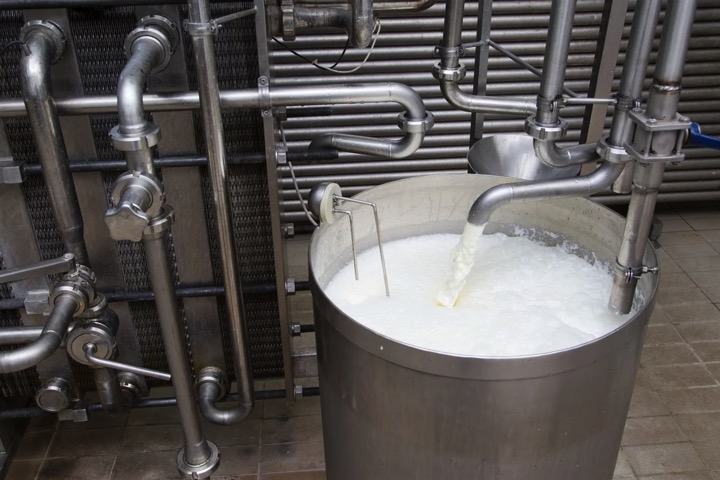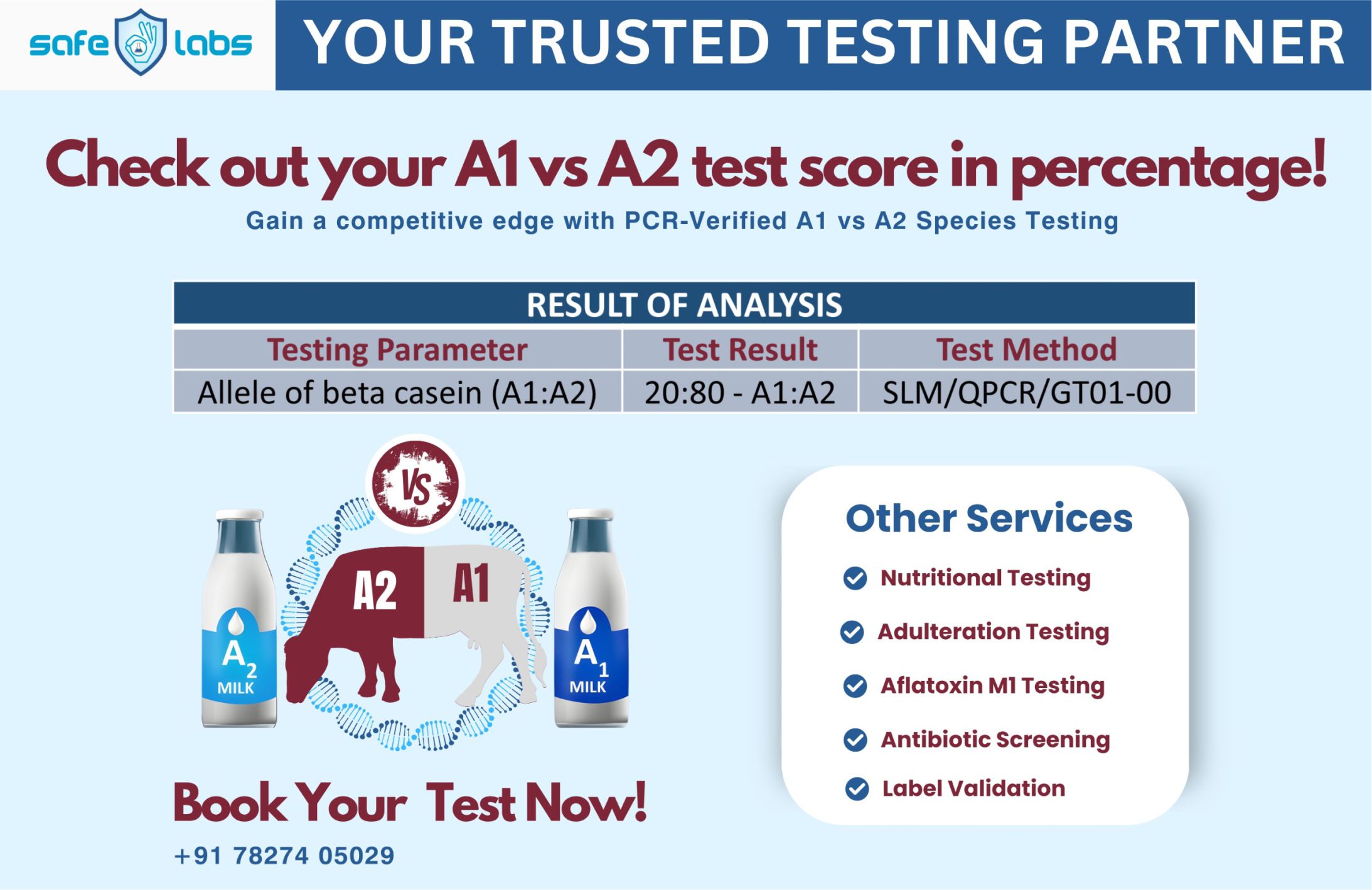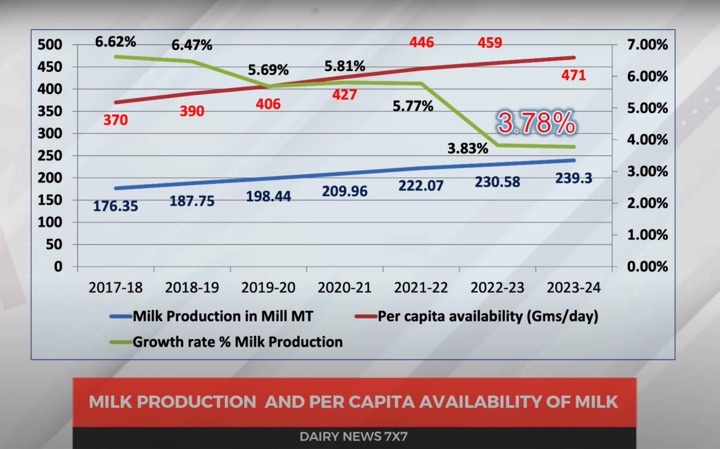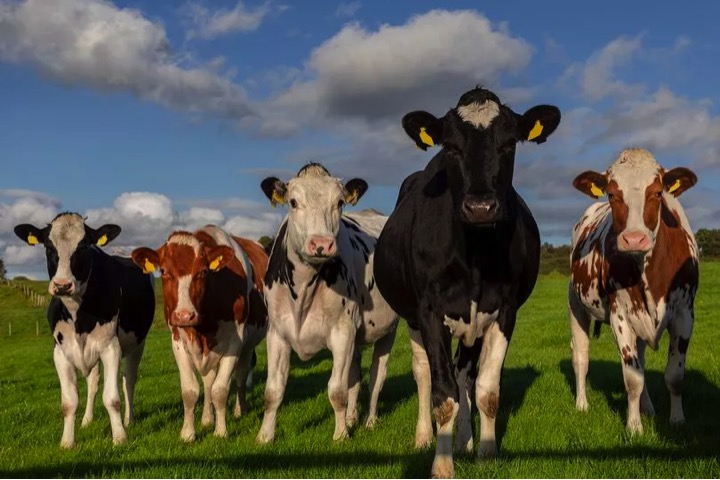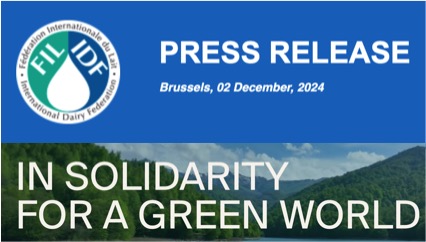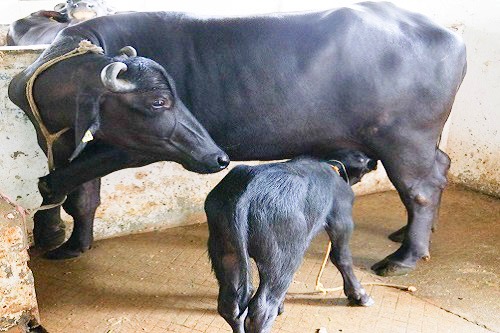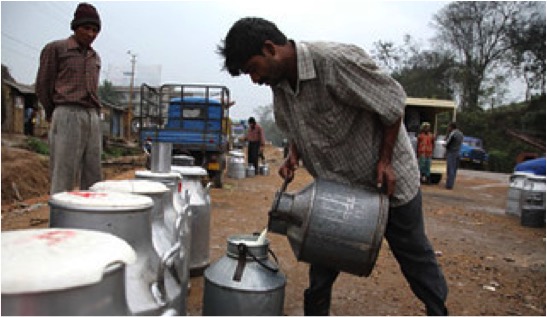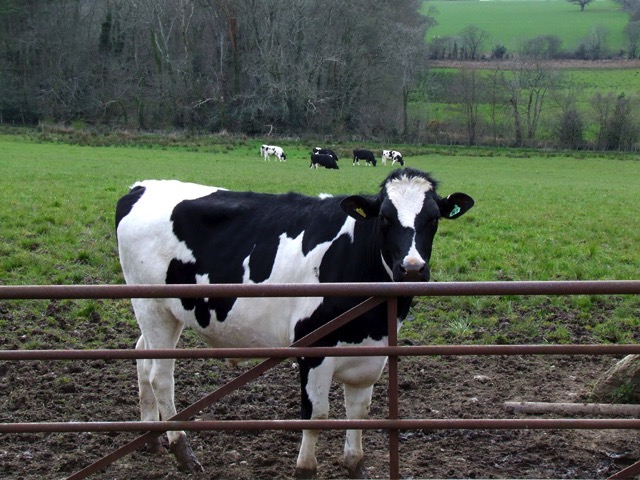In a recent study published in the journal Emerging Infectious Diseases, researchers evaluated the resilience of the highly pathogenic avian influenza A (H5N1) virus in milk under pasteurization-like temperatures and assessed the effectiveness of thermal inactivation.
Background
H5N1 influenza is enzootic in many bird populations and can infect mammals, including humans, leading to severe or fatal outcomes in some cases.
The detection of H5N1 virus in United States (U.S.) dairy cows has raised significant public health concerns. Pasteurization, a widely used method to ensure milk safety, involves heating milk to eliminate harmful bacteria. In the U.S., low-temperature long-time (LTLT) and high-temperature short-time (HTST) pasteurization are common processes. However, recent studies have shown conflicting results regarding the efficacy of pasteurization-like conditions, indicating that unpasteurized milk from H5N1-infected cows may contain sufficient virus to infect susceptible animals. These findings highlight the potential risk to human health, and further research is needed to fully understand the virus’s resilience and improve safety measures.
About the study
Researchers evaluated the effects of different temperatures on influenza virus viability in milk. It is important to note that the test tube conditions used in the experiment do not precisely replicate actual pasteurization processes in the dairy industry, and this presents a key limitation of the study. Four influenza virus strains were used in the study: one laboratory-adapted strain (PR8) and three H5N1 strains. Commercially available pasteurized whole milk (3.25% fat) was spiked with virus strains at a concentration of 108 50% tissue culture infectious dose/mL of milk or Optimized Minimum Essential Medium (Opti-MEM) control media. The samples were subjected to three distinct heat treatments: 63°C for 30 minutes, 72°C for 20 seconds, and 91°C for 20 seconds.
Different volumes of the spiked samples (200 μL, 20 μL, and 2 μL) were used to assess how volume might influence the effectiveness of heat treatments. Additionally, the PR8 strain was tested in both pasteurized and unpasteurized milk to examine the impact of preheating milk at 37°C for 1 minute before exposure to HTST conditions. After the heat treatments, the samples were adjusted to a final volume of 200 μL and titrated to determine viral viability.
Study results
Human-to-human transmission of H5N1 remains rare, but the virus is regarded as a significant pandemic threat.
The researchers found no significant difference in viral titers between influenza viruses diluted in control media and those diluted in milk. All three viruses tested- PR8, VN/04 ΔH5N1, and ty/IN/22- behaved similarly. However, it is essential to emphasize that these findings are based on controlled laboratory settings, which may not fully capture the complexities of real-world dairy processing. Heat treatment at 63°C for 30 minutes effectively decreased viral viability below the limit of detection. At 72°C for 20 seconds, titer reduction was inversely proportional to the sample volume, with a non-significant decrease in 200 μL samples, but significant reduction in 20 μL and 2 μL samples. A similar trend was observed with treatment at 91°C for 20 seconds, where smaller sample volumes showed greater viral inactivation. Preheating the samples to 37°C for 1 minute before applying HTST conditions accelerated viral inactivation, particularly in smaller volumes.
The study further explored the impact of different types of milk and storage temperatures on virus stability. Pasteurized, unpasteurized colostrum and mature milk were spiked with viruses and stored at different temperatures for up to four days. The viruses remained infectious for more than four days in unpasteurized milk at temperatures below 63°C, where viral inactivation occurred within 24 hours. Unpasteurized colostrum milk showed enhanced viral inactivation, possibly due to the presence of immunoglobulins, which provide a natural defense.
 Stability of influenza A in retail and unpasteurized milk. We diluted influenza A viruses in either Opti-Mem control media (Fisher Scientific, https://www.fishersci.com) (A), retail off-the-shelf pasteurized whole milk (B), or 2 different sources of unpasteurized milk: colostrum milk (C) or mature milk (D). We then incubated 200-μL samples for several days at various temperatures, as shown. We subsequently titrated samples by TCID50 in MDCK cells. We tested 3 strains: PR8 (H1N1), ty/IN/22 (H5N1), and the reverse genetics version of TX/24 (H5N1). Unpasteurized colostrum milk produced during the first few days after birth contains high levels of immunoglobulins and antimicrobial peptides that might have had an effect in decreasing virus survival. PR8 (H1N1), wild-type strain A/Puerto Rico/8/1934 (H1N1); RT, room temperature; TCID50, 50% tissue culture infectious dose; TX/24, wild-type strain A/Texas/37/2024 (H5N1); ty/IN/22, wild-type highly pathogenic strain A/turkey/Indiana/3707-003/2022 (H5N1).
Stability of influenza A in retail and unpasteurized milk. We diluted influenza A viruses in either Opti-Mem control media (Fisher Scientific, https://www.fishersci.com) (A), retail off-the-shelf pasteurized whole milk (B), or 2 different sources of unpasteurized milk: colostrum milk (C) or mature milk (D). We then incubated 200-μL samples for several days at various temperatures, as shown. We subsequently titrated samples by TCID50 in MDCK cells. We tested 3 strains: PR8 (H1N1), ty/IN/22 (H5N1), and the reverse genetics version of TX/24 (H5N1). Unpasteurized colostrum milk produced during the first few days after birth contains high levels of immunoglobulins and antimicrobial peptides that might have had an effect in decreasing virus survival. PR8 (H1N1), wild-type strain A/Puerto Rico/8/1934 (H1N1); RT, room temperature; TCID50, 50% tissue culture infectious dose; TX/24, wild-type strain A/Texas/37/2024 (H5N1); ty/IN/22, wild-type highly pathogenic strain A/turkey/Indiana/3707-003/2022 (H5N1).
Nevertheless, a critical limitation is that spiking viruses into milk does not fully replicate the dynamics of a natural infection scenario. Enveloped viruses, such as influenza, are generally less stable than non-enveloped viruses, which have been more thoroughly studied in similar settings. This limitation underscores the need for further investigation into how viral inactivation in milk behaves under real-world conditions.
Despite these findings, it is important to recognize that the presence of viral Ribonucleic Acid (RNA) in milk samples without viable viruses may be due to the sensitivity of modern detection methods rather than actual risk. Previous studies investigating HTST-like temperature conditions have produced mixed results. For instance, one study found that complete viral inactivation occurred only at 105°C, whereas another study demonstrated total inactivation using HTST conditions. These conflicting results highlight the complexity of viral resilience under varying thermal conditions. The current study adds valuable insight but must be interpreted in the context of these prior findings, emphasizing the importance of further research in this area.
The evidence indicates that HTST pasteurization can effectively inactivate the influenza virus, reducing the risk in milk supplies. However, due to the experimental limitations discussed earlier, caution is still warranted, and definitively ruling out the presence of live virus may require multiple blind passages in eggs, as is standard in surveillance studies. The study’s findings, particularly with the PR8 strain, could serve as a valuable reference for evaluating commercial pasteurization processes. Nonetheless, the study highlights that further real-world testing is essential to ensure the robustness of these processes under industry conditions. Understanding the factors influencing virus survival in milk will help guide interventions to improve milk safety and address concerns about emerging viral threats.
Conclusions
To summarize, the study demonstrates that pasteurization at standard temperatures, such as 63°C for 30 minutes and 72°C for 20 seconds, can reduce the viability of H5N1 in milk, particularly in smaller volumes. However, the study’s limitations regarding experimental conditions and previous conflicting data must be considered. Viral inactivation was more pronounced in smaller sample volumes and enhanced by preheating. Additionally, the resilience of the virus in unpasteurized milk underscores the importance of vigilant heat treatment processes in commercial dairy practices.
- Caceres CJ, Gay LC, Cargnin Faccin F, et al. Influenza A(H5N1) virus resilience in milk after thermal inactivation. Emerg Infect Dis. (2024), DOI- 10.3201/eid3011.24.0772, https://wwwnc.cdc.gov/eid/article/30/11/24-0772_article


